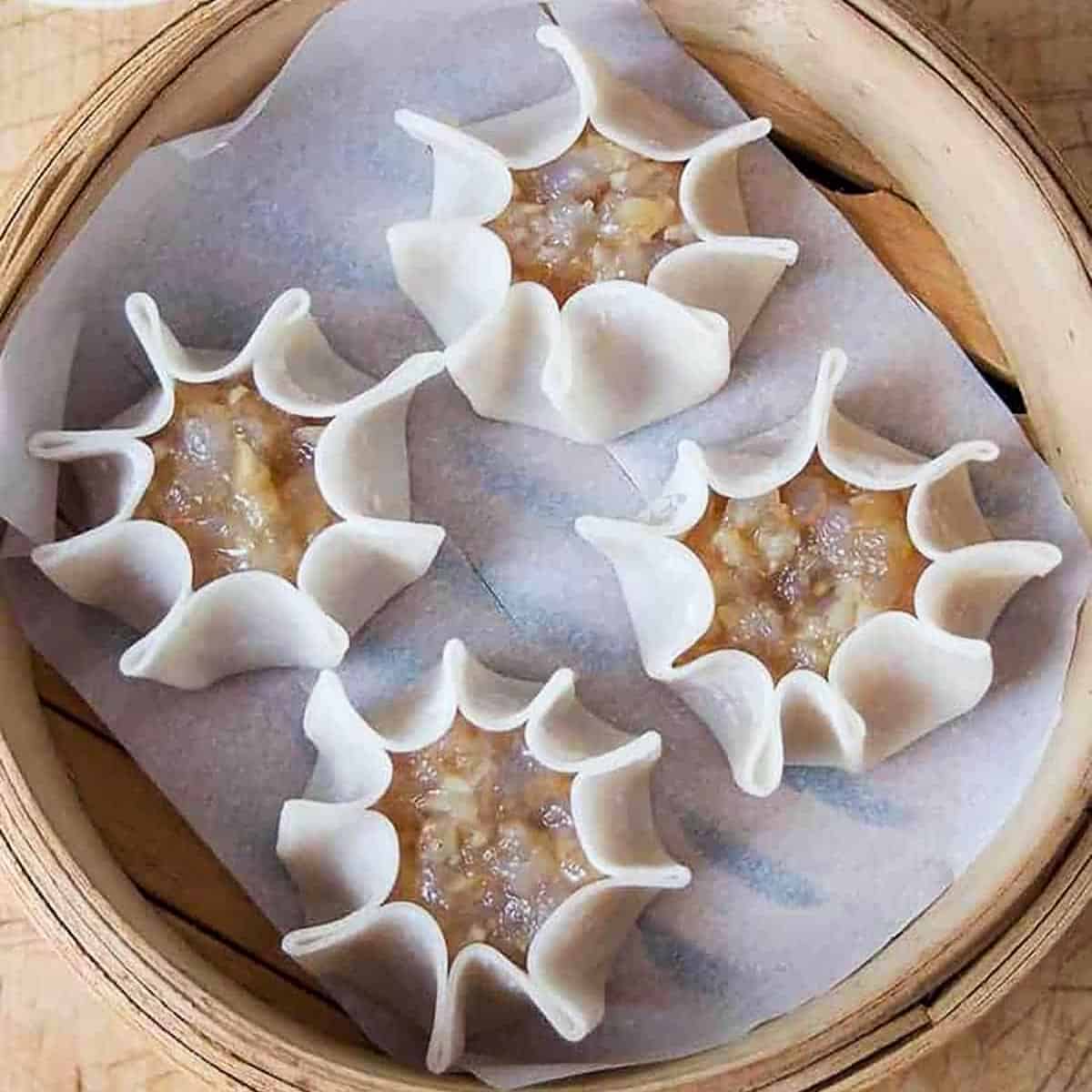
Exploring the Exquisite World of Shumai Delicacies
Unveiling the Essence of Shumai
Shumai, also known as siu mai, stands as a quintessential dish in Asian cuisine, celebrated for its delicate blend of flavors and textures. These bite-sized dumplings, traditionally hailing from Chinese culinary traditions but widely enjoyed across East Asia, embody a culinary art form that delights palates worldwide. Let’s embark on a gastronomic journey as we delve into the essence of shumai and unravel its allure.
A Symphony of Ingredients
At the heart of every shumai lies a carefully curated ensemble of ingredients, harmoniously blended to create a culinary symphony. Ground pork, shrimp, and finely minced vegetables, such as water chestnuts and shiitake mushrooms, form the base of this delectable filling. Seasoned with a medley of spices and condiments like soy sauce, sesame oil, and ginger, each bite bursts with savory goodness. Wrapped in thin, translucent dumpling skins, shumai embodies the perfect balance of flavors and textures.
The Art of Crafting Shumai
Crafting shumai is as much an art form as it is a culinary endeavor. Skilled hands meticulously fold each dumpling into its signature open-faced shape, allowing the filling to peek through enticingly. The delicate balance of ingredients and the precision in folding ensure that every shumai is a masterpiece in itself, visually appealing and tantalizing to the taste buds. Whether steamed, pan-fried, or deep-fried, the cooking method enhances the flavors while preserving the integrity of the dumplings.
A Culinary Journey Across Cultures
While shumai traces its origins back to China, its popularity transcends cultural boundaries, making it a beloved dish across East Asia and beyond. In Japan, shumai, known as shumai or shuumai, is often served as a staple item in bento boxes or as a delightful snack in izakayas. In Korea, a similar version called “sae-u shumai” features a filling predominantly made with shrimp, reflecting the country’s seafood-rich culinary heritage. Each culture adds its unique twist to the classic shumai recipe, enriching the culinary landscape with diverse interpretations.
Shumai: A Feast for the Senses
To savor shumai is to embark on a sensory journey that tantalizes the taste buds and captivates the senses. The aroma of steaming dumplings, infused with the fragrance of fresh herbs and spices, whets the appetite and stirs anticipation. As you take the first bite, the delicate dumpling skin yields to reveal the succulent filling within, a burst of flavors dancing on your palate. Each subsequent bite is a symphony of textures, from the tender meat to the crispness of the vegetables, culminating in a harmonious culinary experience.
The Versatility of Shumai
One of the remarkable qualities of shumai lies in its versatility, allowing for endless creativity in both preparation and presentation. While traditional recipes remain timeless classics, modern interpretations offer innovative twists, incorporating unique ingredients or experimenting with alternative cooking methods. From vegan shumai filled with tofu and vegetables to fusion-inspired variations featuring unexpected flavor pairings, the possibilities are as vast as the imagination of the culinary enthusiast.
Embracing Shumai in Everyday Dining
Whether enjoyed as an appetizer, a main course, or a delightful snack, shumai adds a touch of elegance and flavor to any dining occasion. In bustling dim sum parlors, bamboo steamers brim with an assortment of dumplings, inviting diners to indulge in a feast of flavors. At home, preparing homemade shumai becomes a culinary adventure shared with loved ones, fostering bonds through the joy of cooking and the pleasure of communal dining. Wherever it may be savored, shumai embodies the essence of culinary craftsmanship and the spirit of shared enjoyment. Read more about shumai
